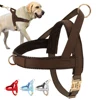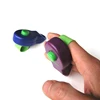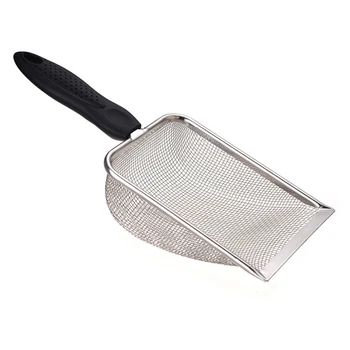معطف واقٍ من العمود الفقري للحيوانات الأليفة سترة داعمة للقرص الفقري دعامة ظهر الأقراص المنفتقة في الأطراف الخلفية والشلل والضعف في المشي
80,84€ – 119,54€
Pet Spine Coat Back Brace Lumbar Splint Pla Support Plate Hind Limb Weakness Herniated Discs Dog Spine Coat Back Brace Dog Spine Protection Paralysis Walking Weakness
* Indications.
^ Spinal disorders common to breeds such as Dachshund, Poodle, Pekingese, Pug, Beagle, Corgi, Shih Tzu, Maltese, French Bulldog, etc.
^ Muscle strains in the back, herniated discs, post spinal surgery, spinal fractures, spinal ankylosis in older dogs, spinal deformities due to prolonged bed rest
^ Also for active young dogs to reduce herniated discs or muscle strains caused by strenuous exercise such as jumping on sofas and chairs, climbing stairs, standing up, sudden running, etc.
* Product features.
^ Designed to conform to the dog's biomechanics, effectively relieving spinal discomfort
^ Control of flexion, extension and lateral flexion of the thoracic and lumbar vertebrae, as well as partial control of rotational movements to protect the thoracic and lumbar vertebrae, especially in areas where disc herniation is common: thoracic 12 to 13 discs to thoracic 13 to lumbar 1 discs
^ Recommended by international neurological veterinarians as an aid in the treatment and prevention of back pain caused by spinal problems
^ Four front and back buckle straps with a set of chest straps that can be adjusted for size, gentle pressure and neurological relief
^ easy to put on, continuous wear, no need to remove frequently, saves time
^ special D-shaped buckle at the front for attaching a traction cord as an alternative to a conventional harness or collar
^ Medical grade material, comfortable and breathable, can be cleaned by gently wiping the surface with a damp towel, orthopaedic aids are not machine washable
 * How to choose the best size.
* How to choose the best size.
Measure back length (shoulder to tail) and chest circumference (maximum circumference of the chest), see below


* How to put on.
^ The front limb shoulder straps are attached to the dorsal side of the waistguard through the front buckle straps first, and the hind limb shoulder straps are attached to the dorsal side of the waistguard through the rear buckle straps
^ Each front limb passes through the front “cuff”
^ both hind limbs through the rear “cuff”
^ Attach the inner nylon chest straps, then the outer elastic straps, again adjusting the elasticity so that it is slightly tight but not too compressive, leaving about a hand space between the straps and the chest cavity.
^ Adjust the hind limb straps, tightening or loosening them, you can cross-tape them for a better fit, taking care not to cover the genitourinary organs
^ If you notice any abnormalities such as breathing difficulties after your dog has been wearing it, remove it immediately and consult your vet to reapply it correctly







| جهاز ذكي | لا |
|---|---|
| رقم الموديل | 00258 |
| مادة | البوليستر |
| نوع العنصر | Agility Equipment |
| أصل | البر الرئيسي للصين |
| يكتب | كلاب |
| Product category | Vest |
| جنس | Universal |
| Colour | waist protector + lifting belt/handle |
| مقاس | XS back length 24-27.9cm,S back length 28-32.9cm,M back length 33-37.9cm,L back length 38-42.9cm,XL back length 42-47.8cm,XXL back length 48-52.9cm,XXXL back length more than 53cm, |




























